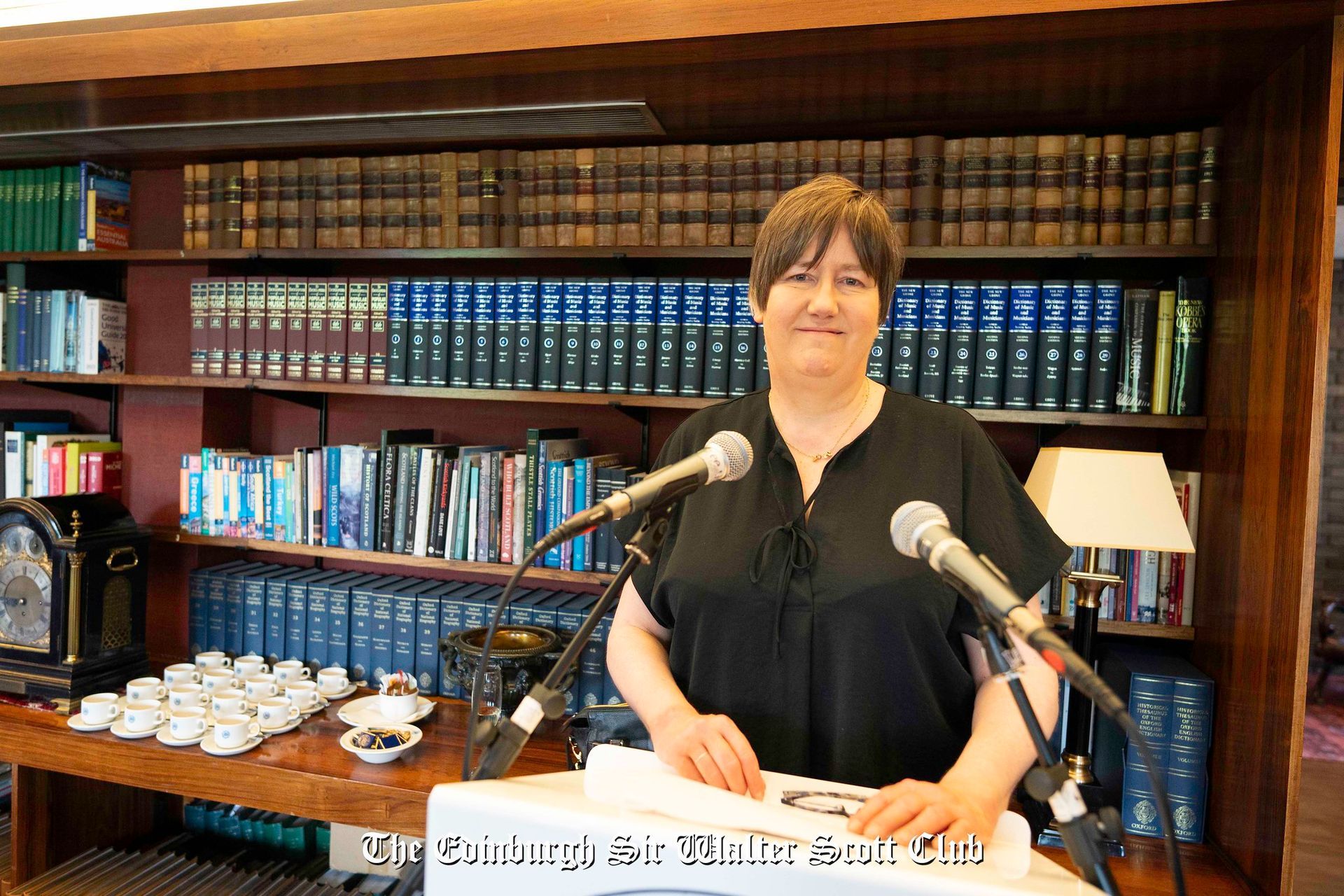To The Lighthouses: Scott and the Stevensons in Orkney and Shetland
Dr. Penny Fielding
Thursday 4th November 2010
Summary of the Talk:
Penny's lecture explores the journeys made by Sir Walter Scott and Robert Stevenson in the early 19th century. It touches on the interactions between the two notable figures and the subsequent literary legacies tied to their visits to Orkney and Shetland.
- Walter Scott’s 1814 Journey: Scott travelled with Robert Stevenson and the Commissioners of the Northern Lights on a yacht to inspect lighthouses in Scotland's Northern Isles. This trip, in the summer of 1814, was significant for Scott, as it was a period of uncertainty after the publication of his first novel Waverley. Scott's account of the journey, published later in his biographer J.G. Lockhart's Life of Sir Walter Scott, features a blend of historical and literary observations.
- Robert Stevenson’s Influence: Robert Stevenson, an engineer, played a significant role in the development of Scotland’s lighthouse infrastructure, particularly the Bell Rock lighthouse. His observations from this trip are less whimsical than Scott’s and more focused on the practicalities of the lighthouses and the geography.
- Robert Louis Stevenson’s 1869 Visit: The next generation, Robert Louis Stevenson, also visited the Northern Isles in 1869, accompanying his father on a similar lighthouse inspection. His letters reveal his youthful disinterest in the engineering work, in contrast to his later literary career.
- Scott vs. Stevenson’s Narratives: Scott’s narrative is filled with a sense of adventure, romanticism, and surprise, typifying his literary style. He describes encounters with eccentric characters and reflects on the peculiarities of the Northern Isles. In contrast, Robert Stevenson’s account is more meticulous and factual, aimed at documenting the lighthouses and antiquities for later use.
- Cultural and Literary Context: The lecture also sheds light on the literary context of the time. While Scott’s fame was already established, lesser-known poets in Shetland, such as Dorothea Primrose Campbell and Margaret Chalmers, were producing works that contrasted with Scott’s grandeur. Chalmers, in particular, wrote poems that depict Shetland’s middle-class life, capturing intimate social moments like tea ceremonies.
Interesting Points:
- Scott’s Holiday Style: Scott’s approach to his 1814 journey was more carefree, embracing unpredictability, and viewing the trip almost like a vacation. This is in contrast to Stevenson’s more serious and factual account.
- The 'Pict' of North Ronaldsay: A humorous anecdote involving a preacher mistaken for a Pict (an ancient Scottish tribe) was a memorable tale that Scott included in The Pirate. It highlights the interplay between fact and fiction in Scott's narrative, as the “Pict” turned out to be a modern ironmonger from Edinburgh.
- Tea-Drinking as Social Ritual: The lecture brings attention to Margaret Chalmers’ poem about tea-drinking, which serves as a metaphor for Shetland's connection with the rest of the world. This was a more domestic, social perspective in contrast to the more “romantic” or Gothic views that both Scott and Stevenson explored.
- Legacy of Scott’s Visit: Despite the lack of formal publication of Scott’s 1814 account, his influence on the region was profound. Alexander Peterkin, a local figure, even drew comparisons between the landscape of Orkney and Scott’s profile, showcasing how deeply Scott had embedded himself in the cultural consciousness of Scotland.
This lecture explores the contrasts in how these literary figures viewed the Northern Isles and provides a fascinating lens into the intersection of adventure, literature, and history.
Download the [transcript] or read the [bulletin]

Download the [transcript] or read the [bulletin]


